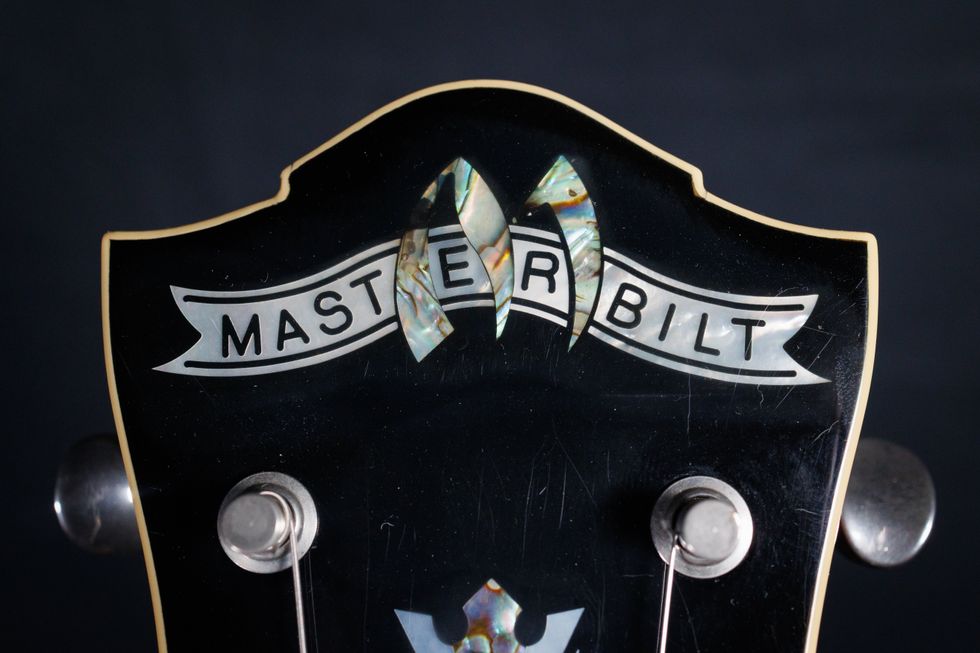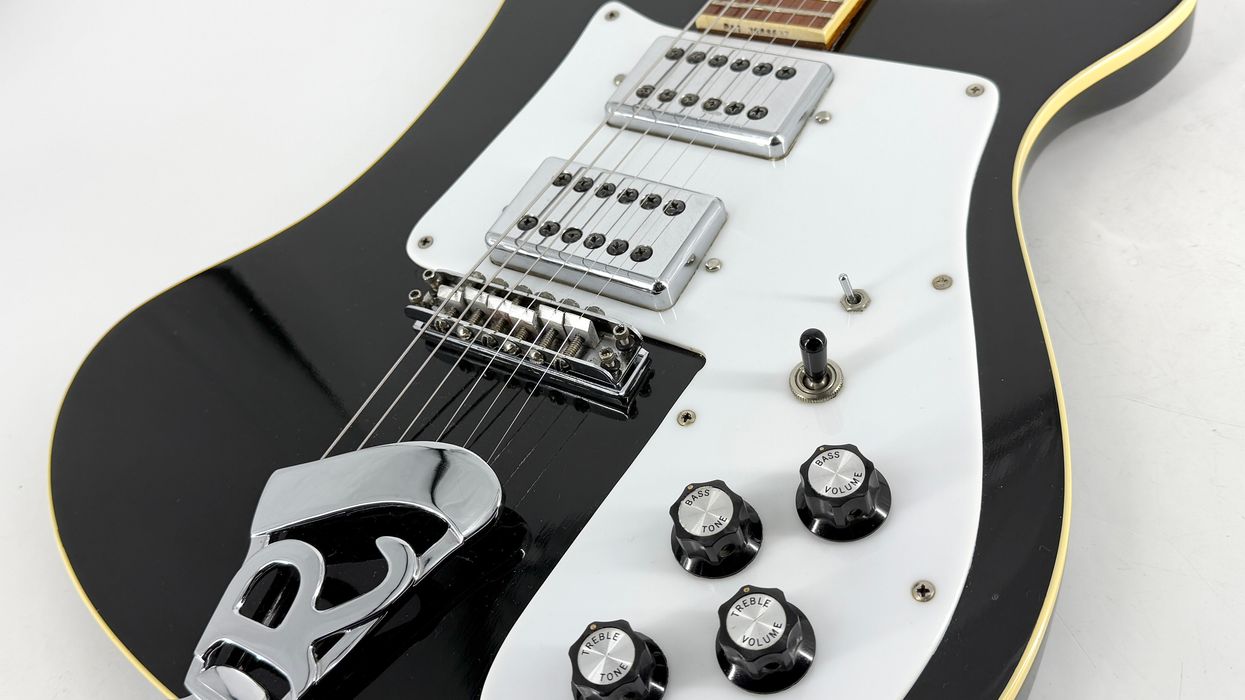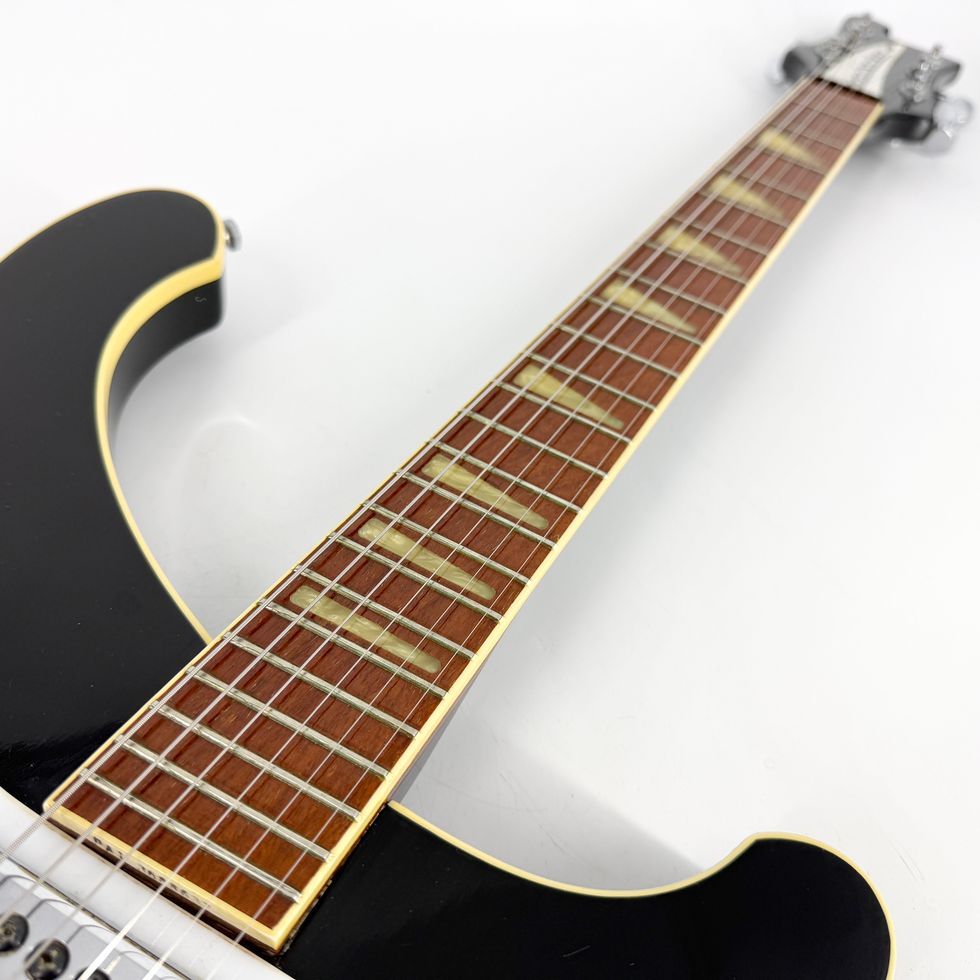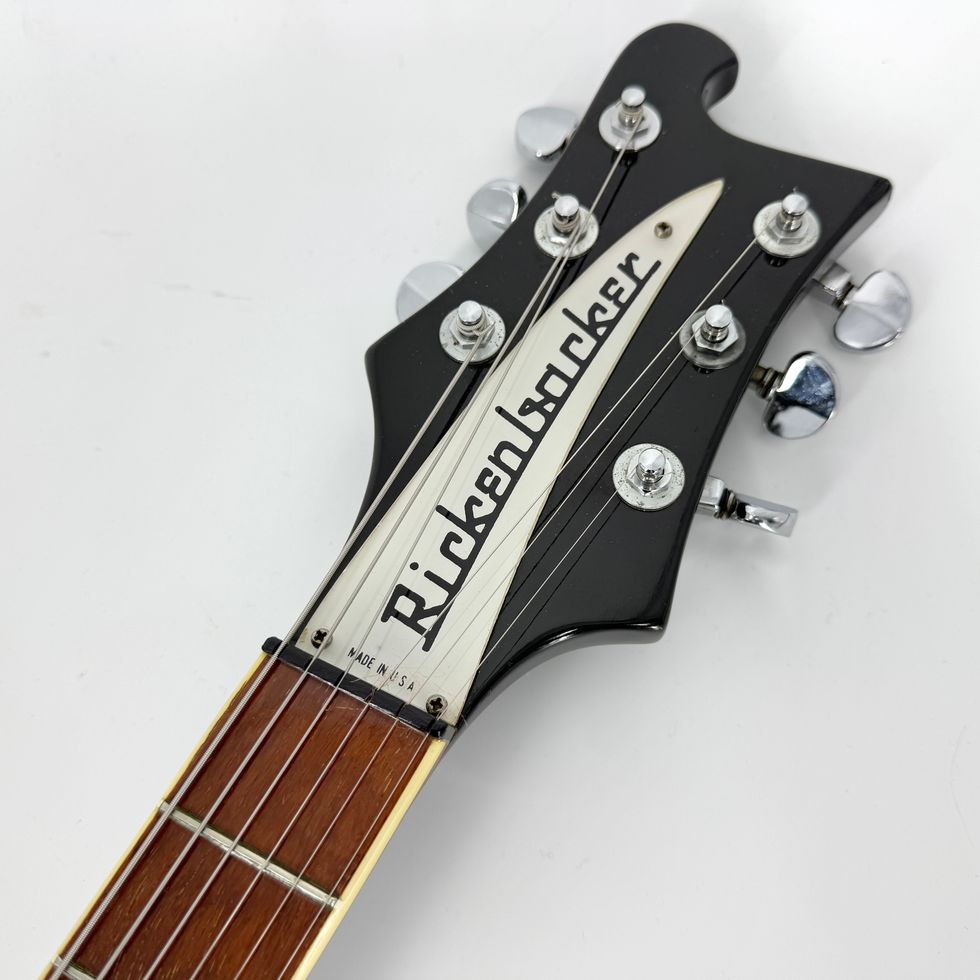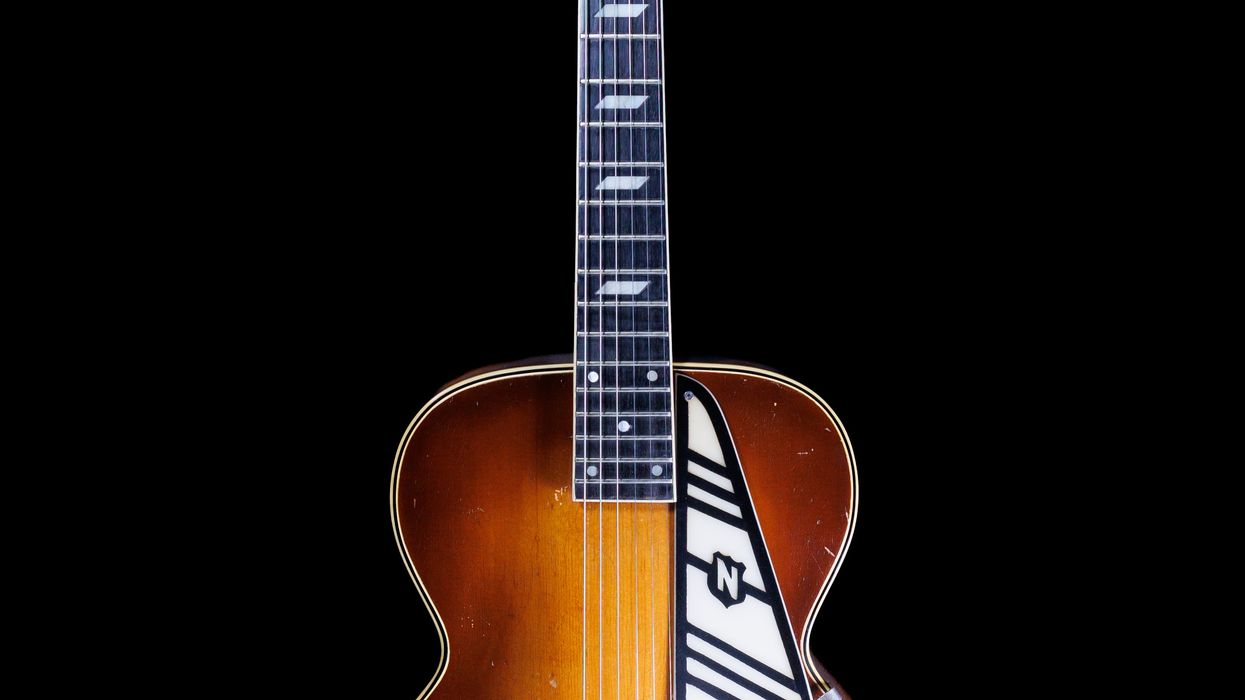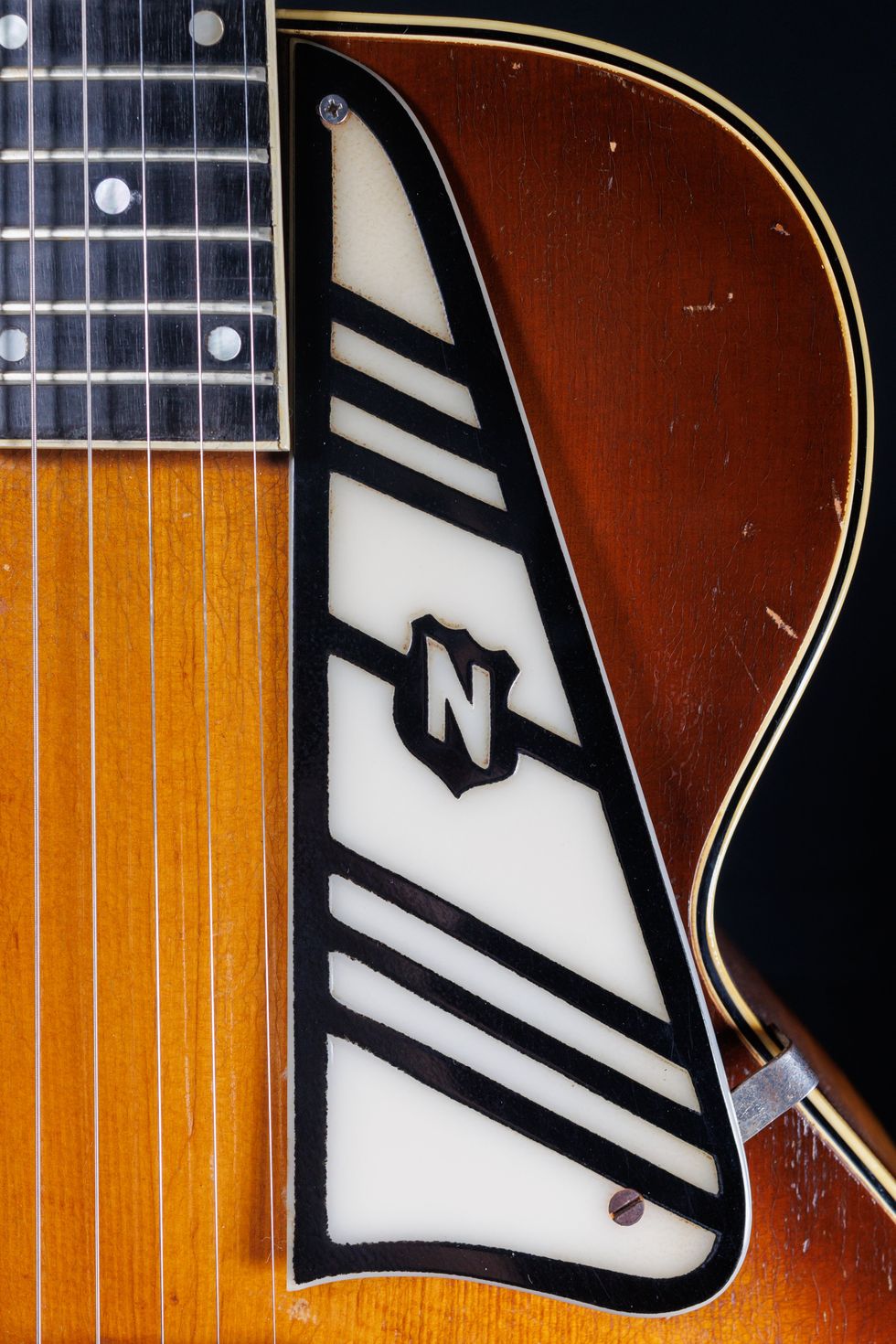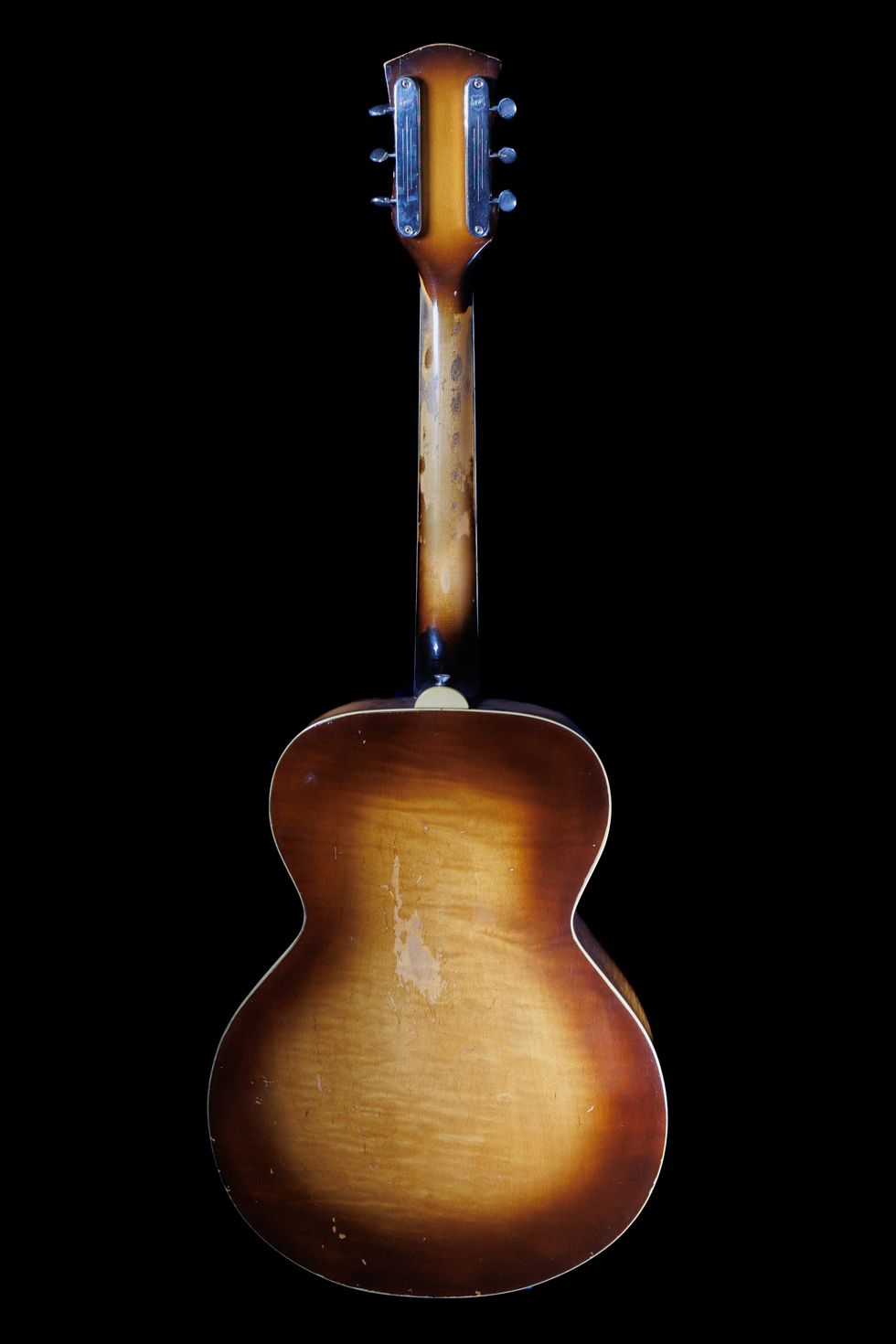Think of Gibson's golden era and your imagination may spark to Les Paul. Think of the golden era of Gibson acoustics, and you'd do well to think of Nick Lucas. Originally produced from the late 1920s through the '30s, the Nick Lucas Special was introduced as Gibson's first signature guitar. According to experts, it arrived in late '27 or early '28, and the last one was manufactured in 1938 and shipped in '41.
Lucas was a huge star. His "Picking the Guitar" and "Teasing the Frets" were well-loved 1920s guitar instrumentals, while his crooning performance of "Tiptoe Through the Tulips" in the 1929 film Gold Diggers of Broadway made the song a Hollywood hit.
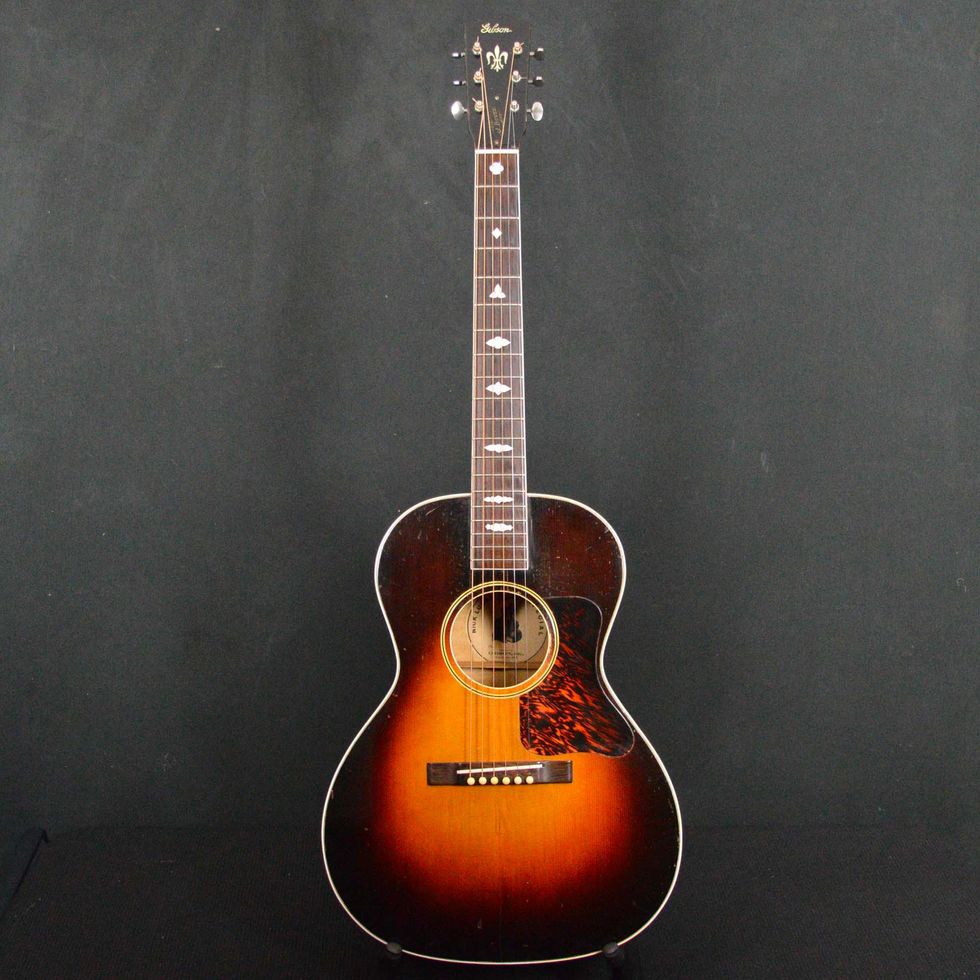
Nick Lucas became Gibson's first signature artist in 1927 with the release of the flat-top Nick Lucas Special. In 1928, he was followed by Roy Smeck.
When Gibson approached Lucas, the Jazz Age was raging, and Lucas needed a guitar that could carry a tune from the stage or cut through a radio broadcast. With an extra-deep 4 1/2" body, a 13 1/2" spruce top, and mahogany back and sides, the original Nick Lucas Specials could be trusted to project. But you couldn't quite trust the specs. In this era, Gibson's Kalamazoo factory varied production often. The mahogany sides became rosewood in 1929, and maple by 1934, and the span of the top grew to 14 3/4". Some were built with elevated pickguards, trapeze tailpieces, and other archtop appointments.
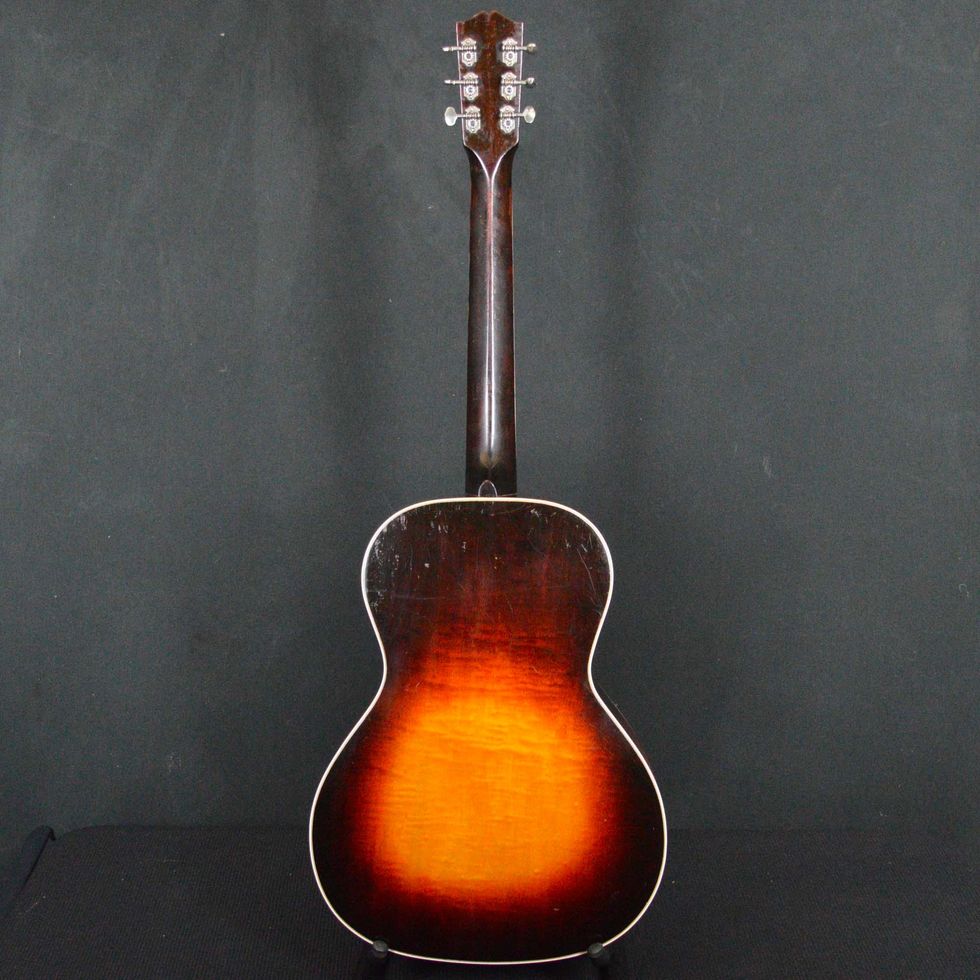
Note the binding and flaming in the wood on this survivor from 1936—still ready for performance.
This particular Nick Lucas from Picker's Supply in Fredericksburg, Virginia, is a late-era oddity and all the better for it. Dated to 1936, its body is nearly 5" deep—even deeper than the stated spec. The maple back and sides lend a brightness and clarity that complements the low-end and keeps the high-end crispy. The results are exceptionally balanced. As Tom Wheeler writes in American Guitars: An Illustrated History, "The maple-body Lucas guitars are not only superior to the other versions, but they're also certainly among Gibson's very best flat-tops ever." This guitar would have retailed for about $90 in 1936. Today, with such variance in models, they can go from the high thousands to tens of thousands.
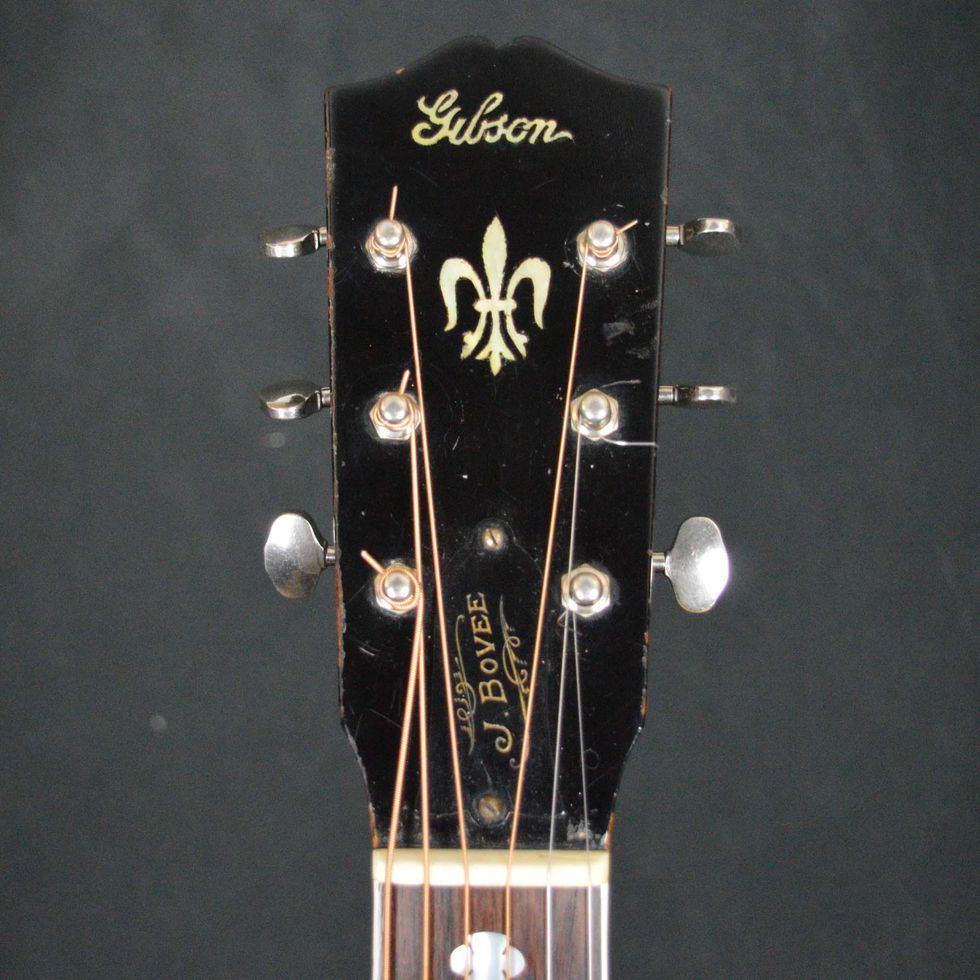
At the time, Gibson was willing to place the name of a guitar's buyer on the headstock for a fee. Today, the identity of J. Bovee remains a mystery.
One last appointment on this Nick Lucas is its "J. Bovee" truss cover, a custom option Gibson then offered the buying public. Just who J. Bovee is or how much he or she paid to have their name engraved, we can't be sure. But it's a nice, personal touch to an already incredible vintage Gibson—one set up and ready for another century of playing.
Sources for this article include Gruhn's Guide to Vintage Guitars by George Gruhn and American Guitars: An Illustrated History by Tom Wheeler.


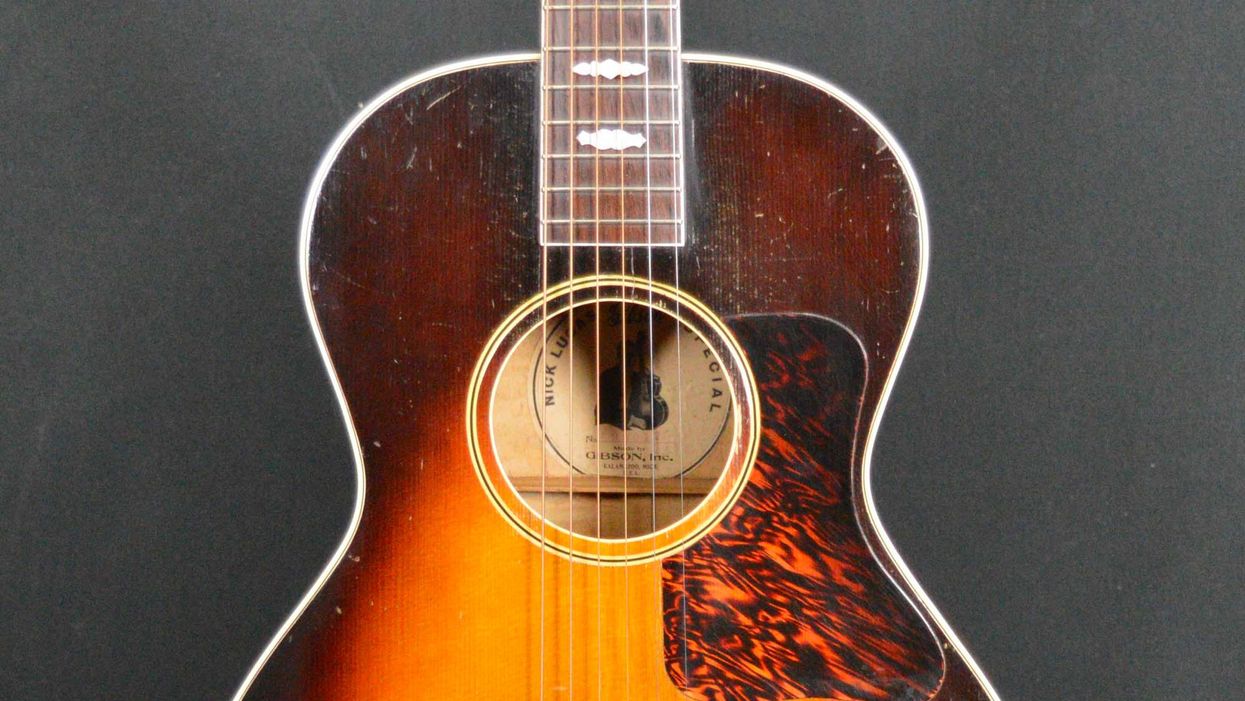

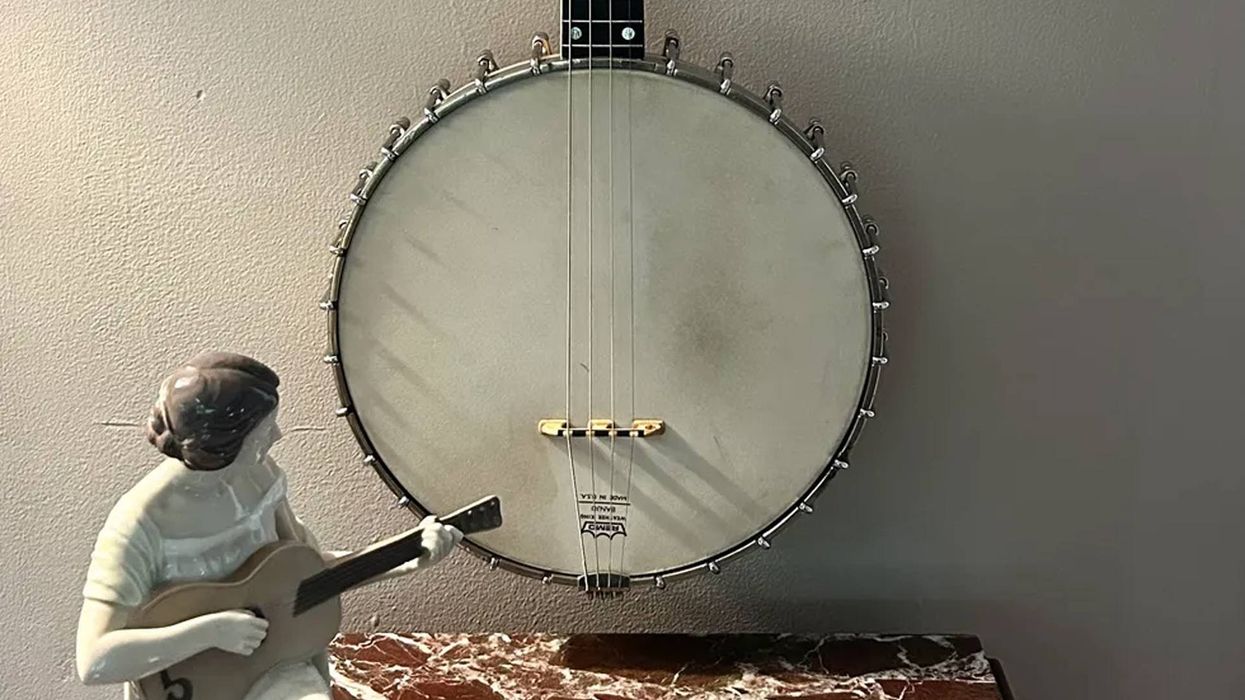
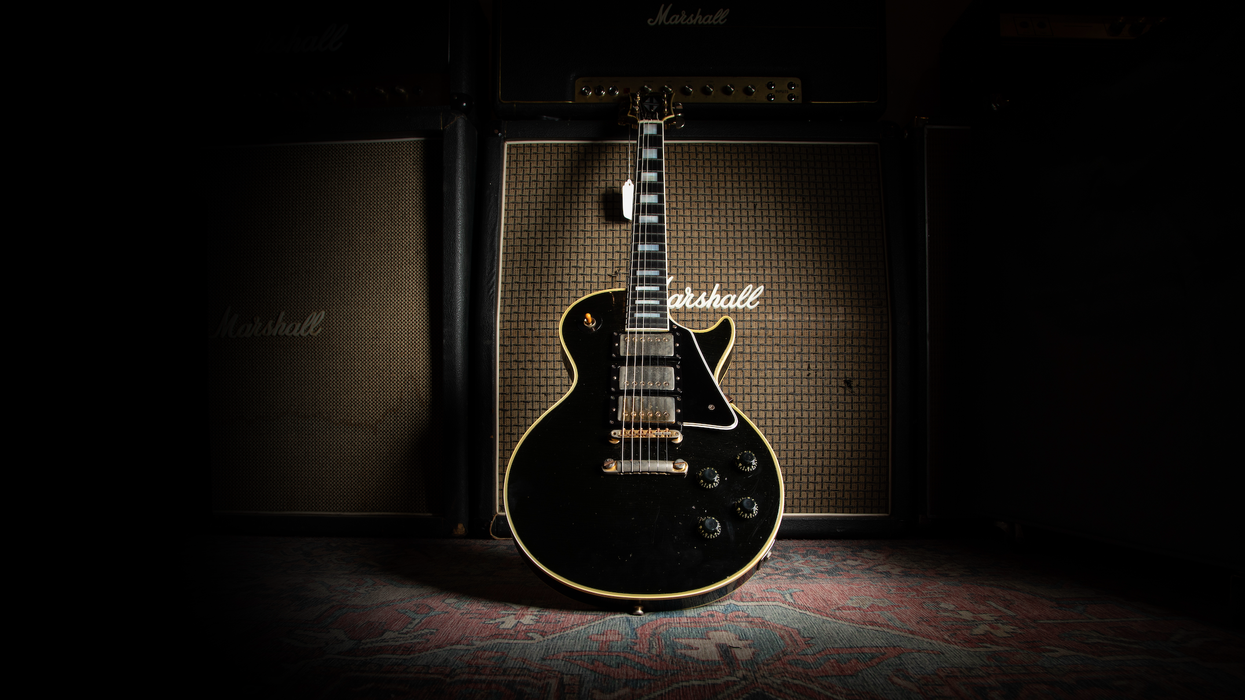
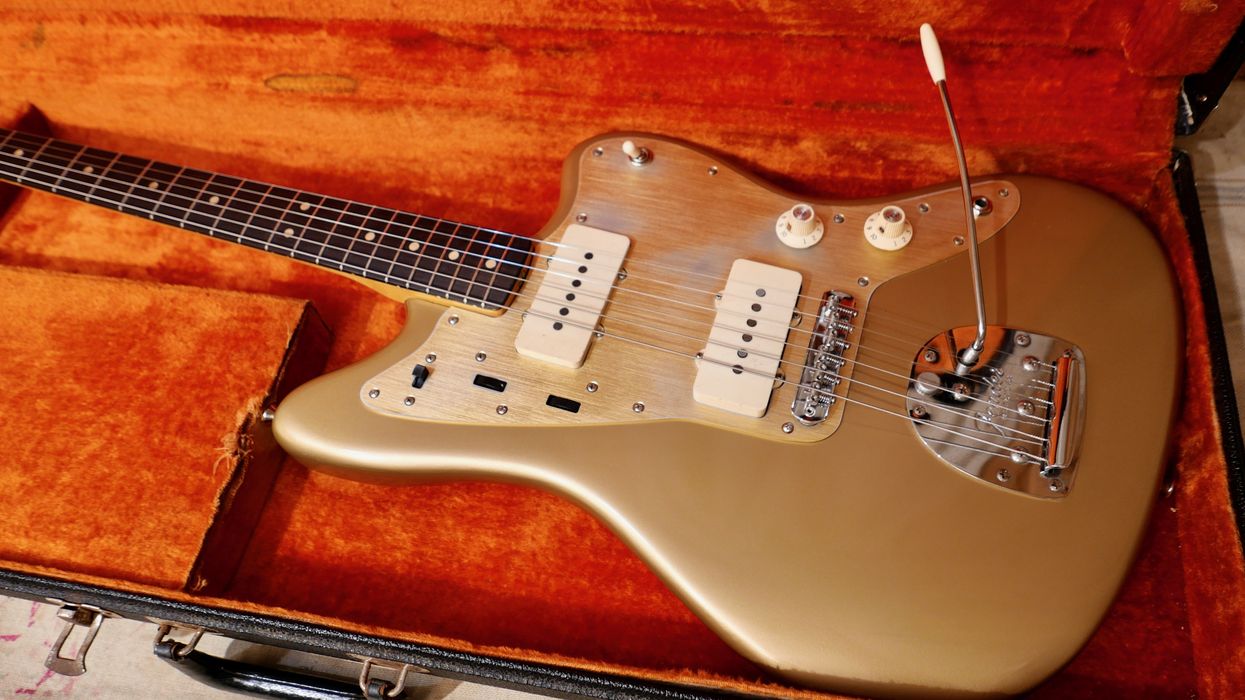
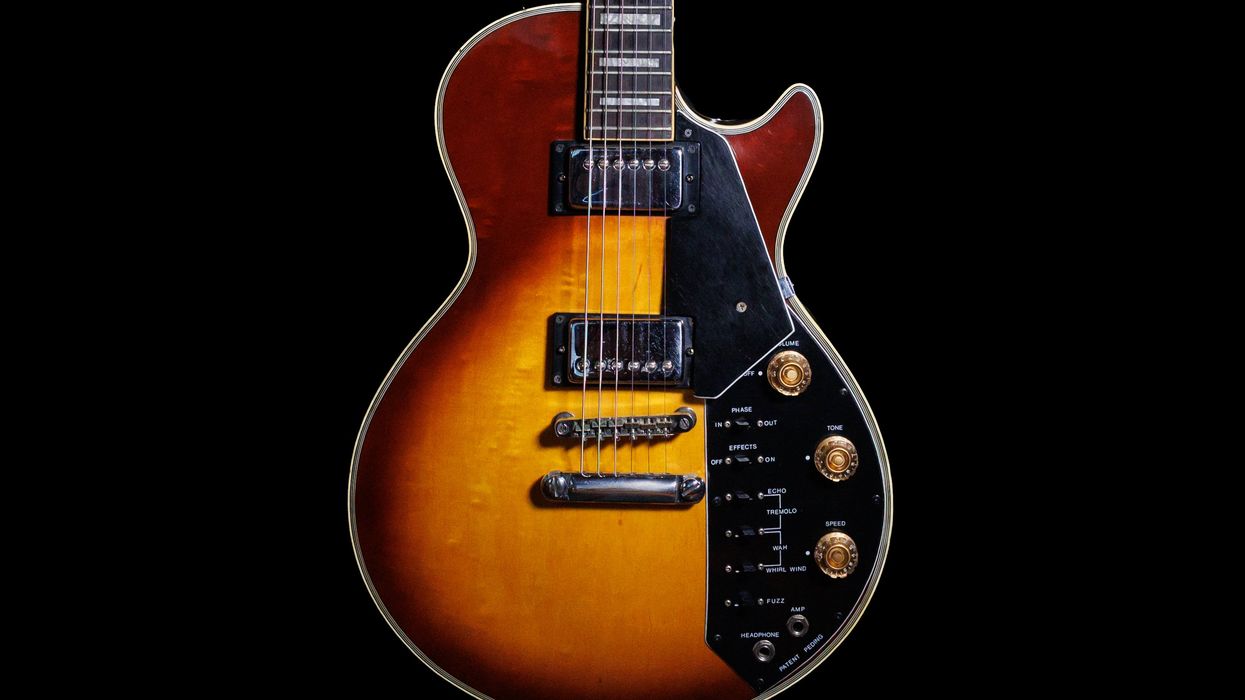
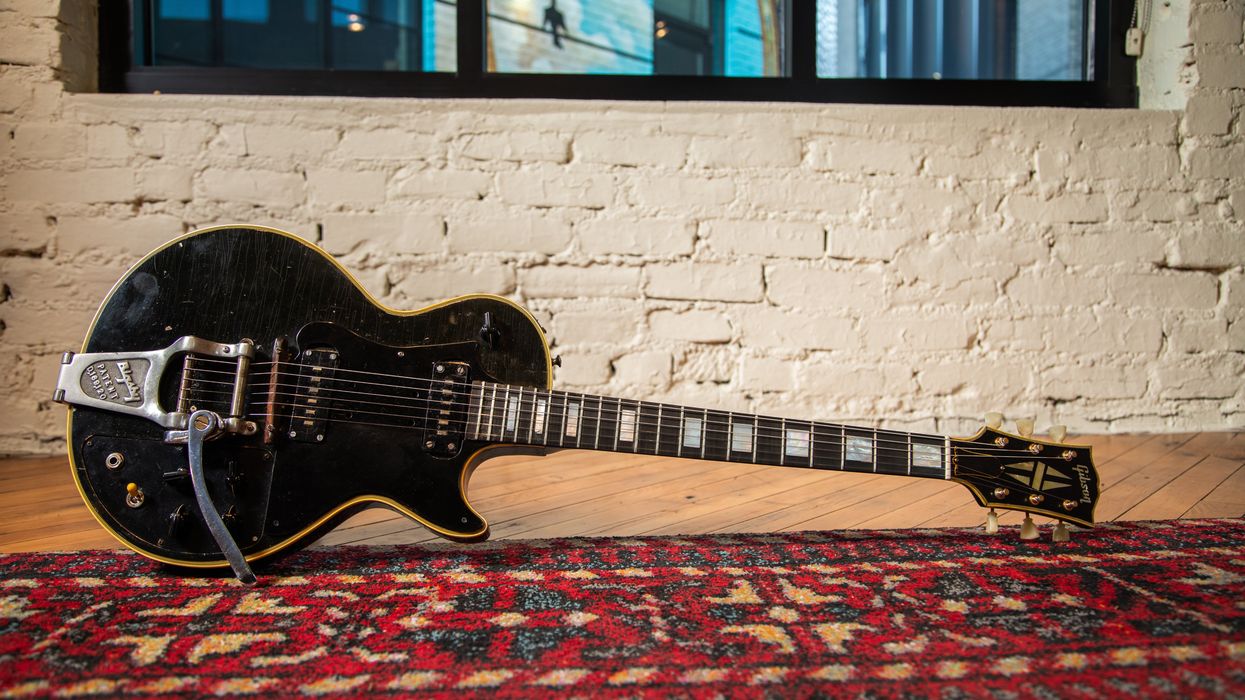
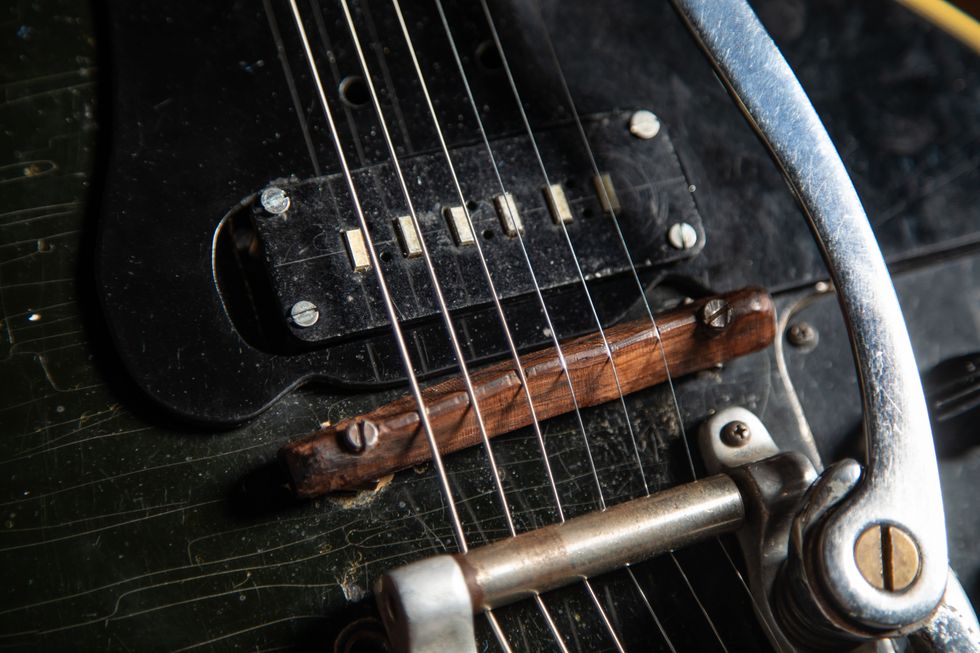






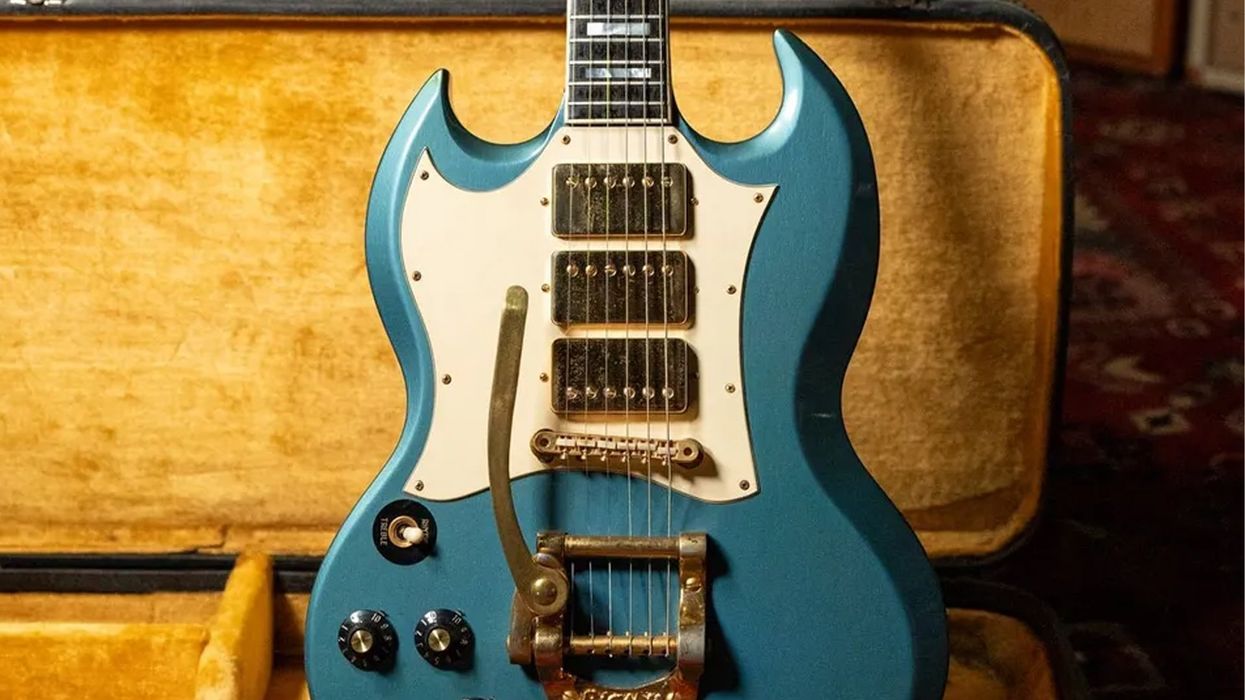
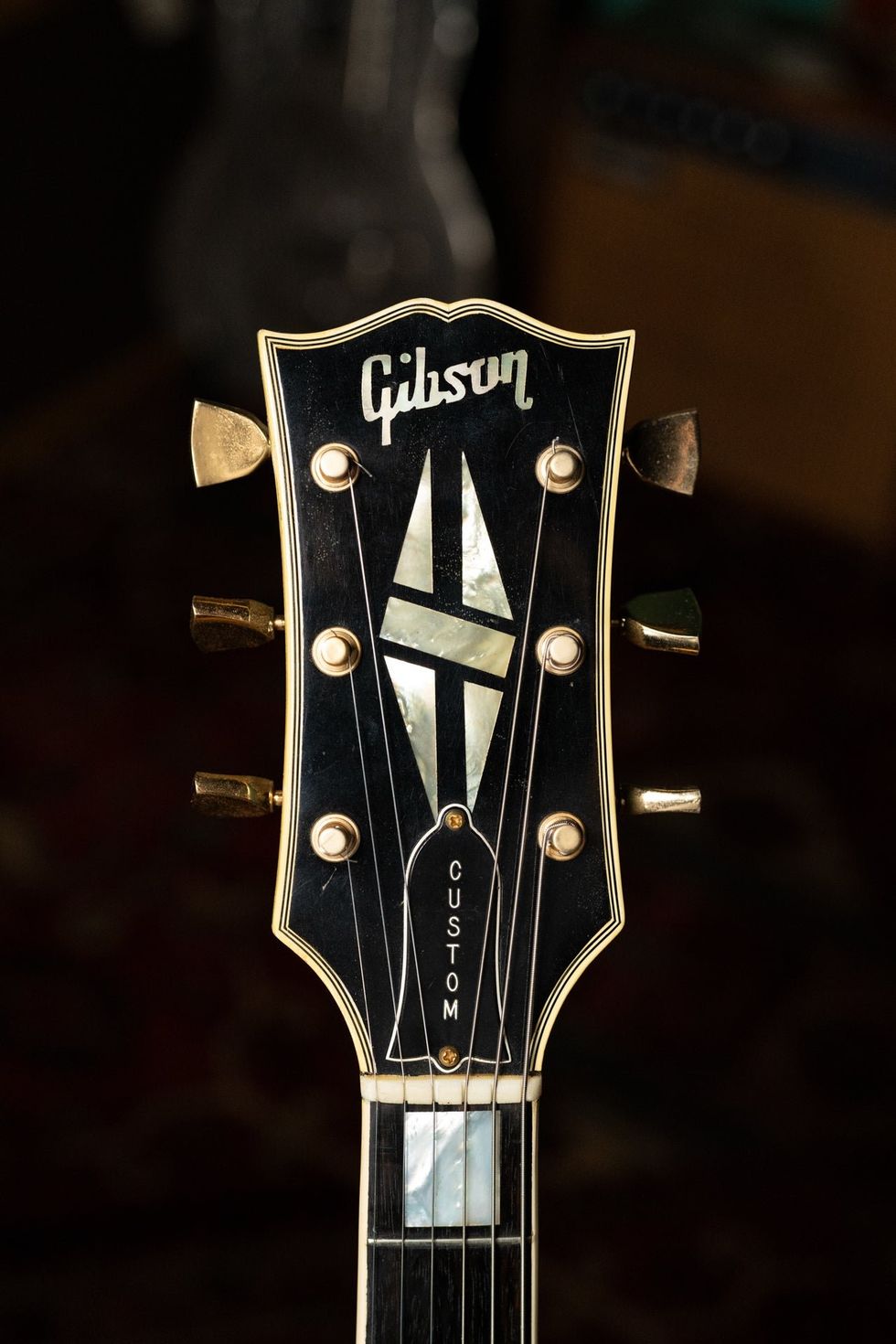
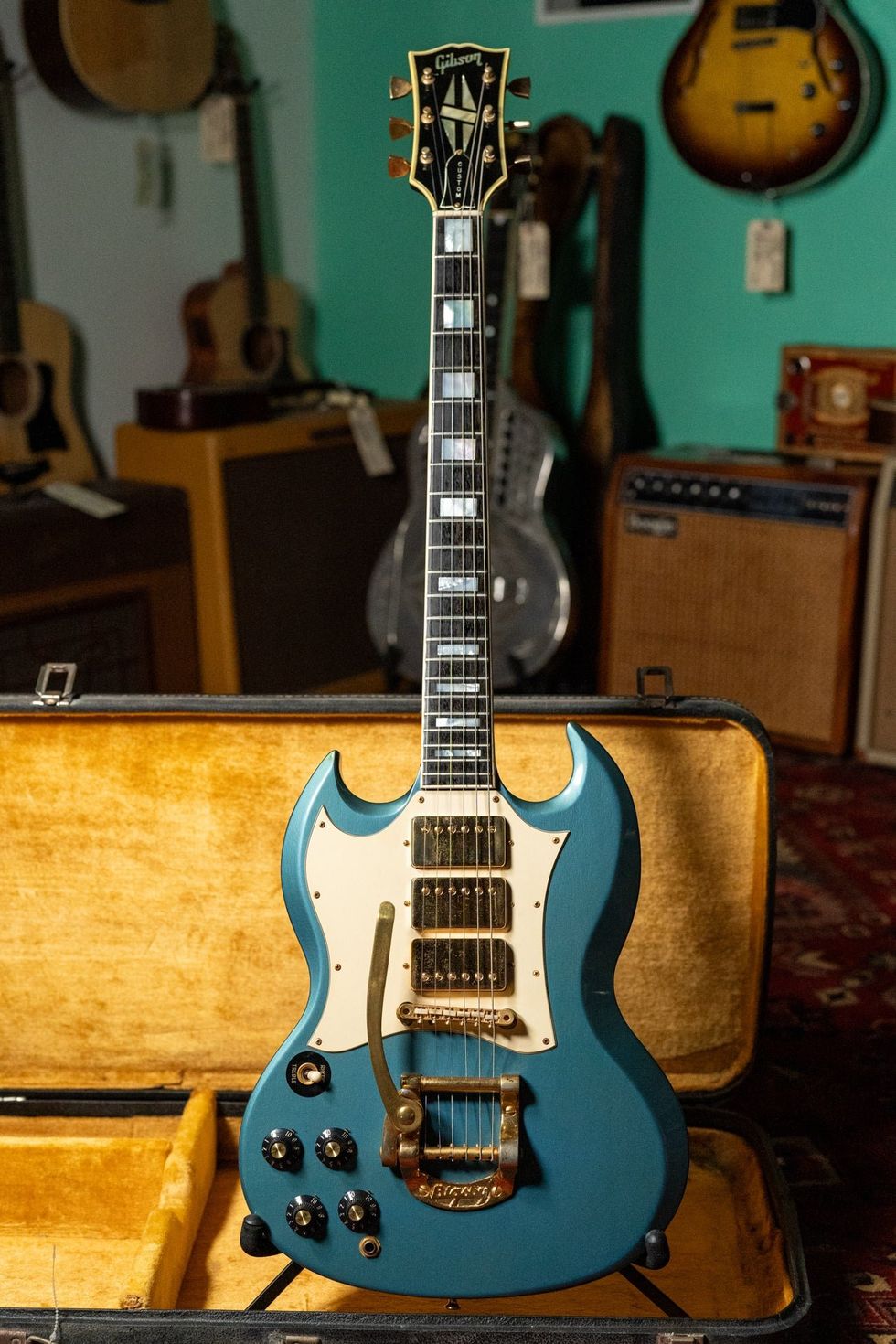 Whether or not Jimi Hendrix actually played this guitar might come down to how lucky its buyer feels.Photo courtesy of Imperial Vintage Guitars Reverb Shop
Whether or not Jimi Hendrix actually played this guitar might come down to how lucky its buyer feels.Photo courtesy of Imperial Vintage Guitars Reverb Shop
